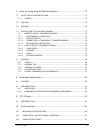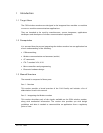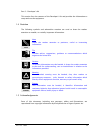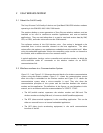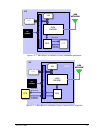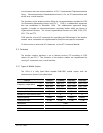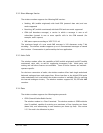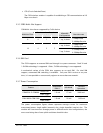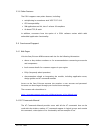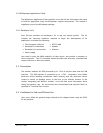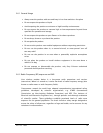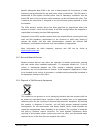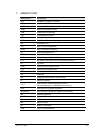
LZT 123 1836 14
2.3.2 Short Message Service
The wireless modem supports the following SMS services:
• Sending; MO (mobile-originated) with both PDU (protocol data unit) and text
mode supported
• Receiving; MT (mobile-terminated) with both PDU and text mode supported
• CBM (cell broadcast message); a service in which a message is sent to all
subscribers located in one or more specific cells in the GSM network (for
example, traffic reports)
• SMS status report according to 3GPP TS 23.40
The maximum length of a text mode SMS message is 160 characters using 7-bit
encoding. The wireless modem supports up to six concatenated messages to extend
this function. Concatenation is performed by the host application.
2.3.3 Voice Calls
The wireless modem offers the capability of MO (mobile originated) and MT (mobile
terminated) voice calls, as well as supporting emergency calls. Multi-party, call
waiting and call divert features are available. Some of these features are network-
operator specific.
For the inter-connection of audio, the wireless modem offers both single ended and
balanced analogue input and output lines. Direct interface to the digital PCM (pulse
code modulation) bus used within the wireless modem is available, thus by-passing
the internal analogue circuitry. The wireless modems support HR, FR, EFR and AMR
vocoders.
2.3.4 Data
The wireless modem supports the following data protocols:
• GPRS (General Packet Radio Service)
The wireless modem is a Class B terminal. The wireless modem is GPRS multislot
class10 enabled, capable of receiving at a maximum of four timeslots per frame
(down link), and transmitting in two timeslots per frame (up link). See section
2.3.5 for multi-slot allocation by class.



